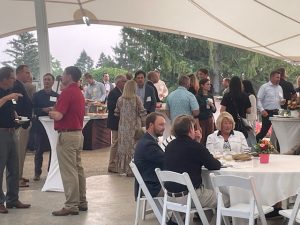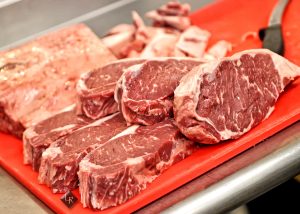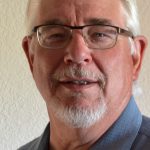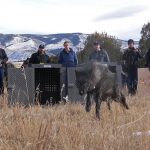NRCS resources help Kansas Flint Hills ranchers push back the ‘green glacier’
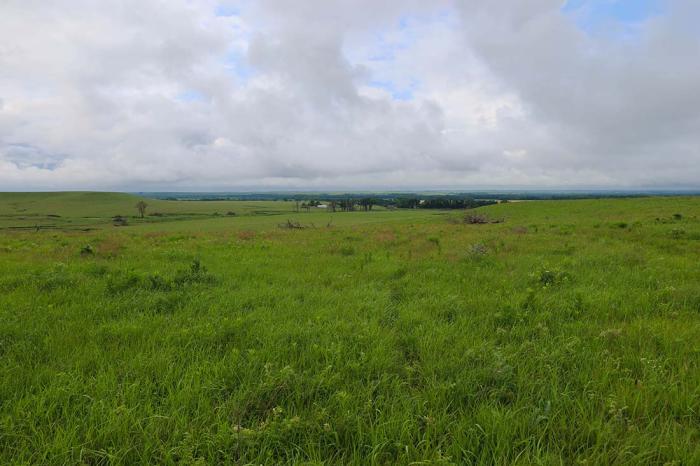
GreenGlacier2-RFP-080425
In central Kansas, local ranchers Daniel and Chris Mushrush have used USDA’s Natural Resources Conservation Service financial and technical resources to push back against woody encroachment — a growing threat to the rolling green prairies of the Flint Hills. Trees like cedar, locust and elm are encroaching on the Great Plains, often called the “green glacier” due to its slow but persistent and widespread nature.
These trees negatively impact rangeland and native grasslands by disrupting the natural water cycle, reducing water supplies, decreasing forage for livestock and wildlife, reducing prairie grass diversity and increasing wildfire risk.
“In 2022 alone, Kansas lost 1.9 billion pounds of potential herbaceous production due to woody encroachment,” Doug Spencer, NRCS state grazing specialist said. “While it can be alarming to see the progression, satellite imagery technology has allowed ranchers to develop a spatial game plan when combating the threat. Defend the core, grow the core is a key strategy driving on-the-ground efforts”
The Mushrush brothers met with NRCS Chief Aubrey J.D. Bettencourt to discuss how they have used the agency’s Great Plains Grassland Initiative and other resources to improve their strategies to combat woody encroachment and implement rotational grazing on their multi-generational ranch in Chase County, Kansas.
FUNDING OPPORTUNITY
The Mushrush brothers voluntarily reached out to NRCS to initiate a GPGI project. They were able to secure funding through the Environmental Quality Incentives Program, which enabled them to quickly recover a large number of acres from the increasing threat of trees on their property. Daniel Mushrush described the tree removal process to Chief Bettencourt during her visit to the ranch — noting how quickly he could see the benefits that removing encroaching trees have on stream path and flow.
“We created paths for the skid steer to navigate and began removing the trees. Eventually, after clearing most of the trees, we reached a point where the water flow became so strong that it was impassable. We had to travel a few hundred feet further to find areas where the tree roots were absorbing the water, allowing us to create new paths to cross to the other side of the creek,” Daniel Mushrush said.
A USDA satellite imagery tool also offers ranchers like the Mushrush brothers a better understanding of how trees and shrubs spread so they can strategize where to invest time and dollars to fight back against the “green glacier” by detecting and preventing early woody growth invasions and then restoring grasslands.
“This project includes innovative solutions driven by science. We use the Range Analysis Platform, which utilizes satellite imagery to help visualize and monitor landscape changes over time.” Chris Mushrush said.
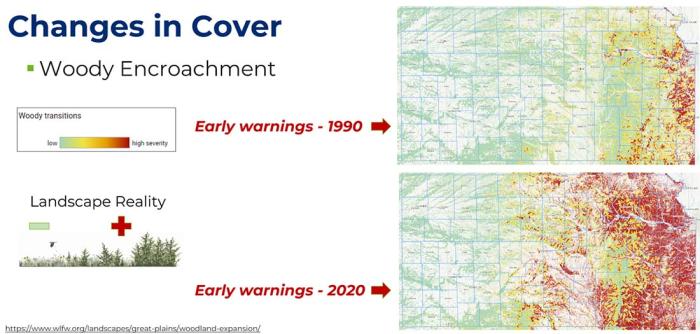
The Mushrush brothers are firm advocates of the program — with the results of the practices speaking for themselves: more waterways flowing on grazing lands and keeping woody growth off of rangeland.
“It’s been incredible to observe how removing woody plants in this pasture has transformed the area. There are now no trees directly on the water’s edge, which prevents cattle from loafing in the shade and trampling the creek banks. From a water quality standpoint, we’re seeing numerous benefits. The overall health of the prairie has improved significantly,” Daniel Mushrush said.
The brothers also worked with NRCS to incorporate rotational grazing into their operation. A partnership with the Nature Conservancy and Kansas State University has helped them implement a virtual fencing tool to efficiently manage the intensity, frequency, timing, duration, and distribution of grazing. The practice helped the operation cut down on feed costs while increasing the average weight of their roughly 1,600 Red Angus cattle.
With solid scientific insights and local decision-making, NRCS has worked with the Mushrush brothers and neighboring ranchers to continue finding effective solutions to integrate conservation into working lands to strengthen operations.
PLANT MATERIALS CENTER
During her visit, Chief Bettencourt was also able to stop by the NRCS Manhattan Plant Materials Center (KSPMC), which is innovating the development of plants and new plant technologies for America’s heartland. Located in Manhattan, Kan., the center encompasses 169.5 acres on which researchers select or develop special and improved plants and techniques to address conservation needs. The center services a diverse region of the heartland, including northeastern Colorado, Kansas, Nebraska, and northern Oklahoma, specializing in helping producers with soil stabilization, soil health, productivity, and water quality.
The center plays a supporting role in helping producers battle the “green glacier” by developing improved conservation plants including native grasses like big bluestem and switchgrass, which can be used to restore and maintain healthy grassland ecosystems. These native species are crucial in competing with and preventing woody plant encroachment.
The NRCS Manhattan Plant Materials Center also conducts studies related to native species stand establishment and enhancement, which can inform strategies for managing and reducing woody encroachment.
“Our agency is doing some incredible work — developing certain plant varieties, cropping types, practices and techniques to help our farmers, ranchers and producers here in the heartland,” Chief Bettencourt said during her visit. “And it’s all being driven by what our farmers need — we want to continue to innovate to give them the tools they need to succeed.
“NRCS helps farmers, ranchers and forestland owners make critical investments in their operations and local communities by helping them implement proven practices to ensure all of America’s farms, ranches and private lands are economically viable and thriving.”
If you are interested learning how these programs can help you achieve your operational and land management goals, find your local USDA Service Center and get started today.

